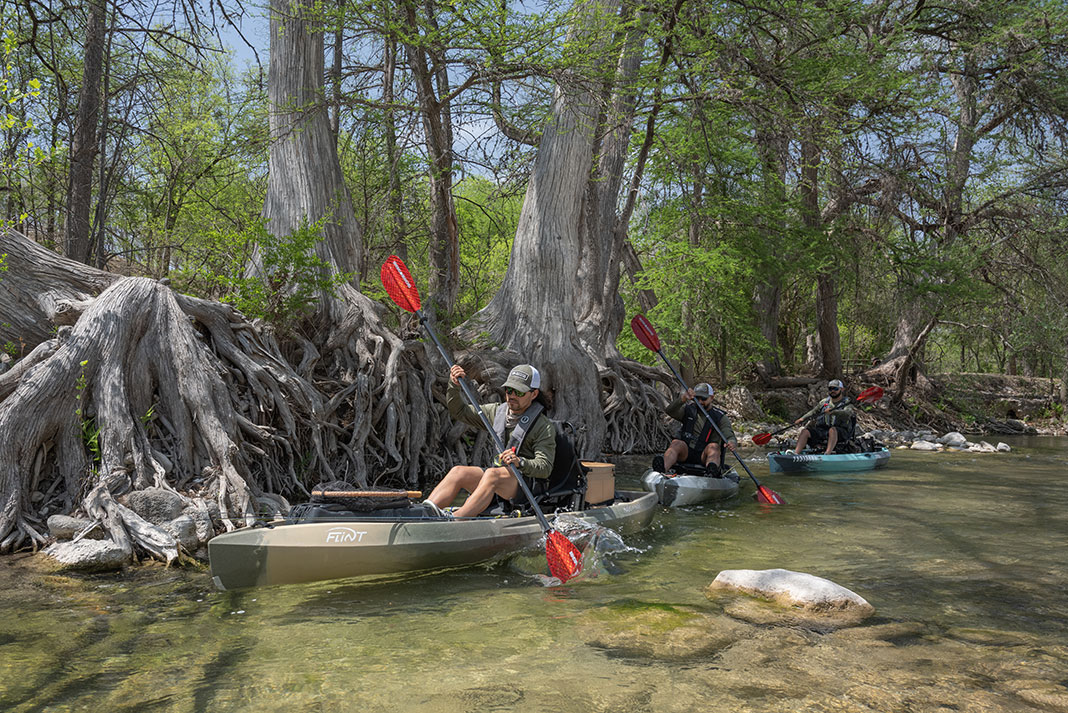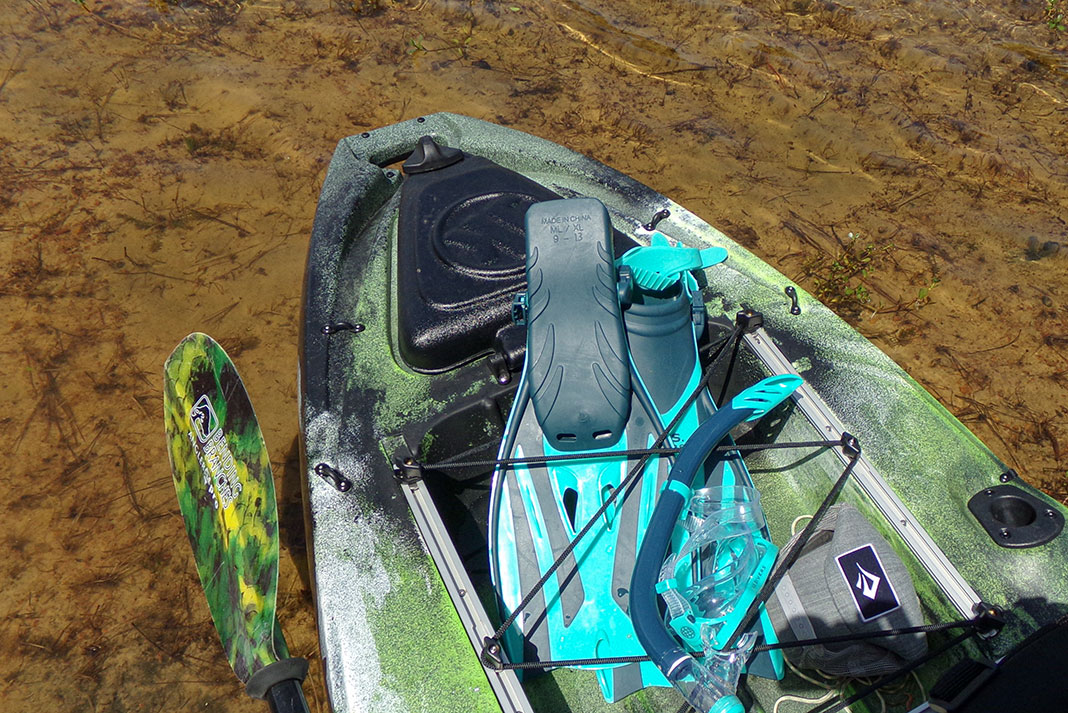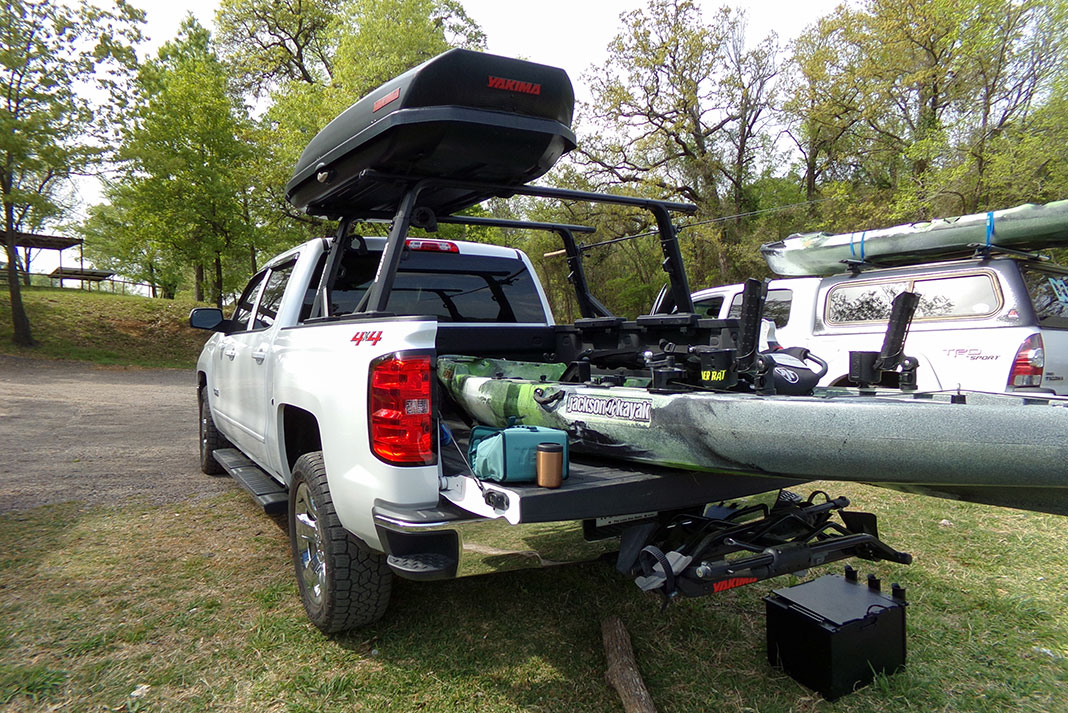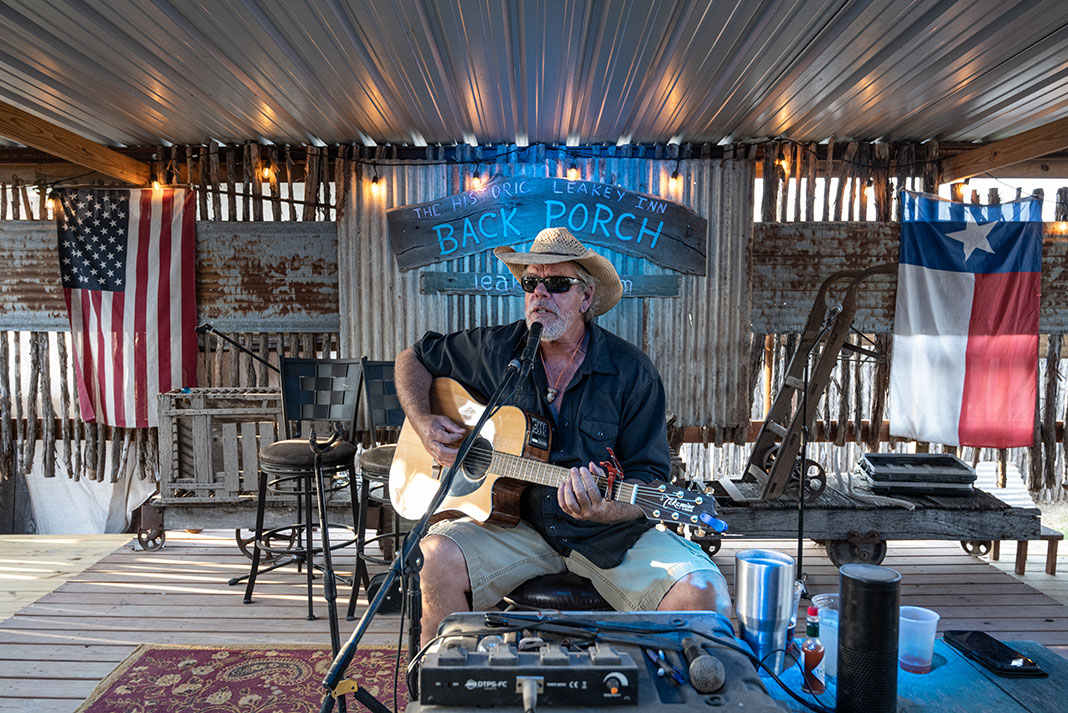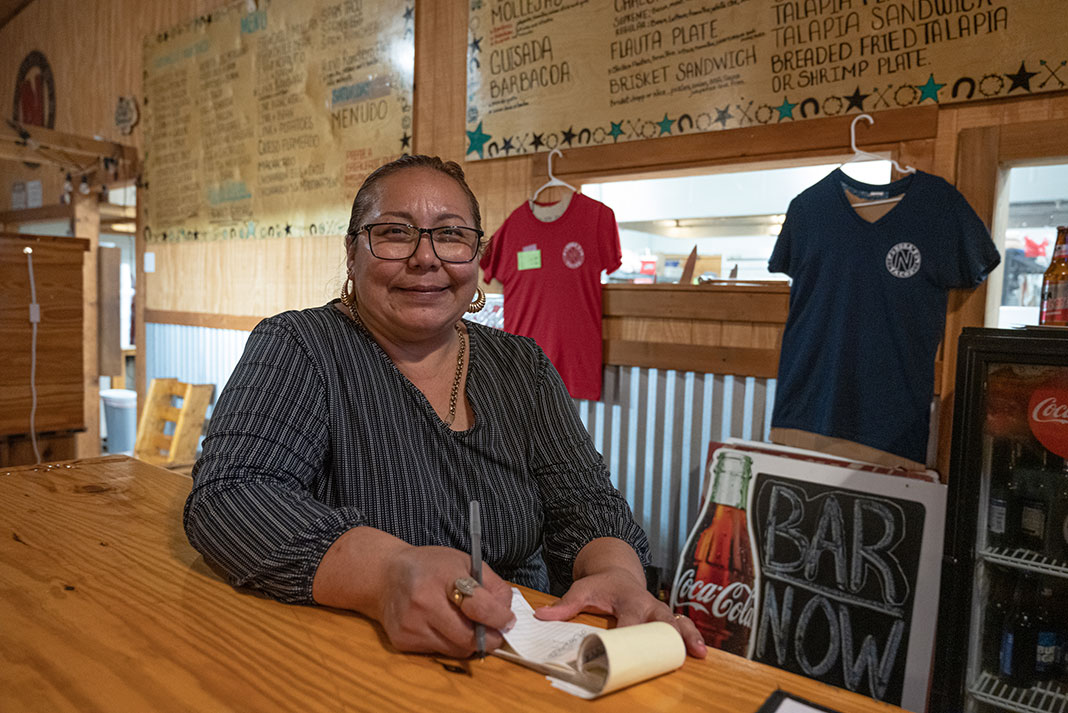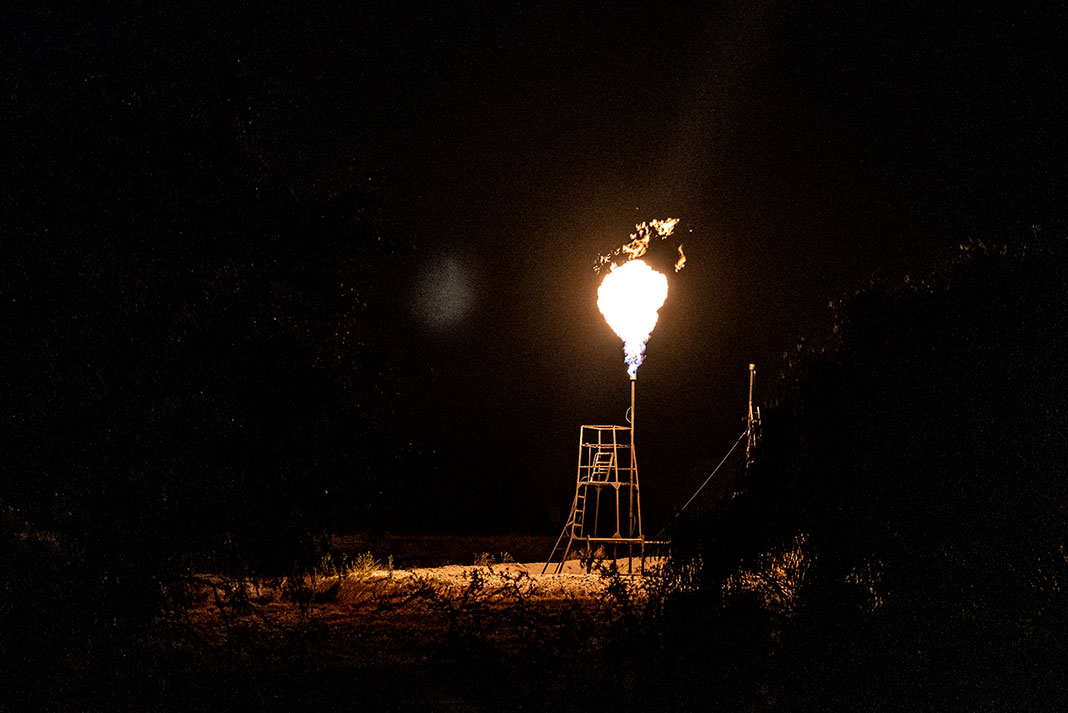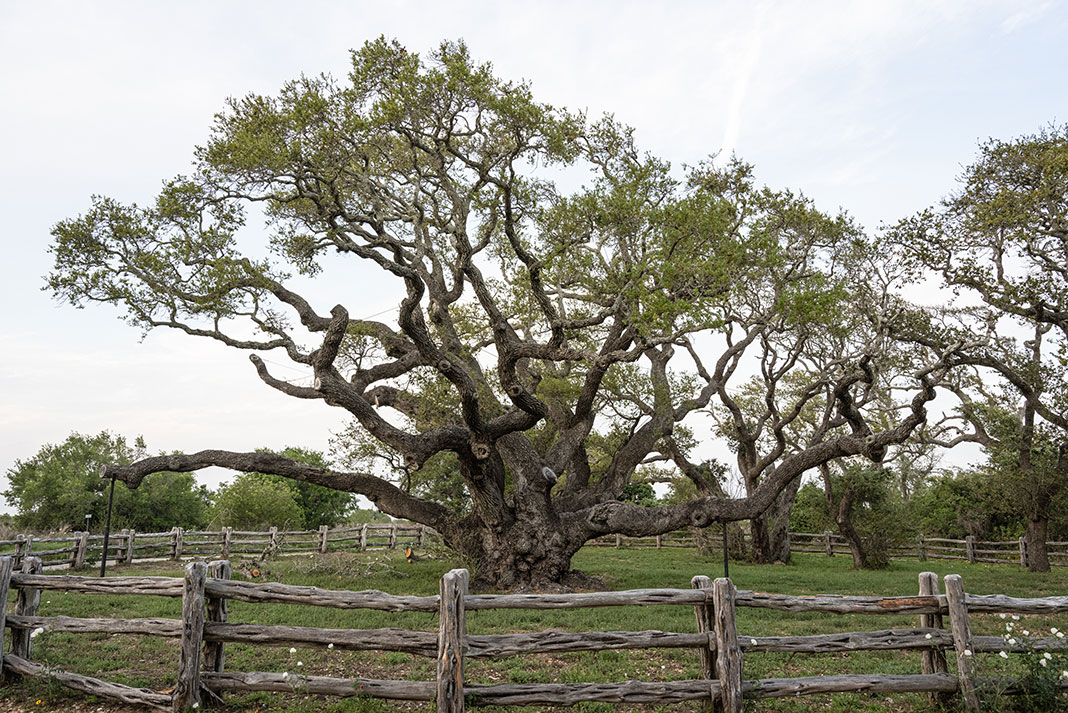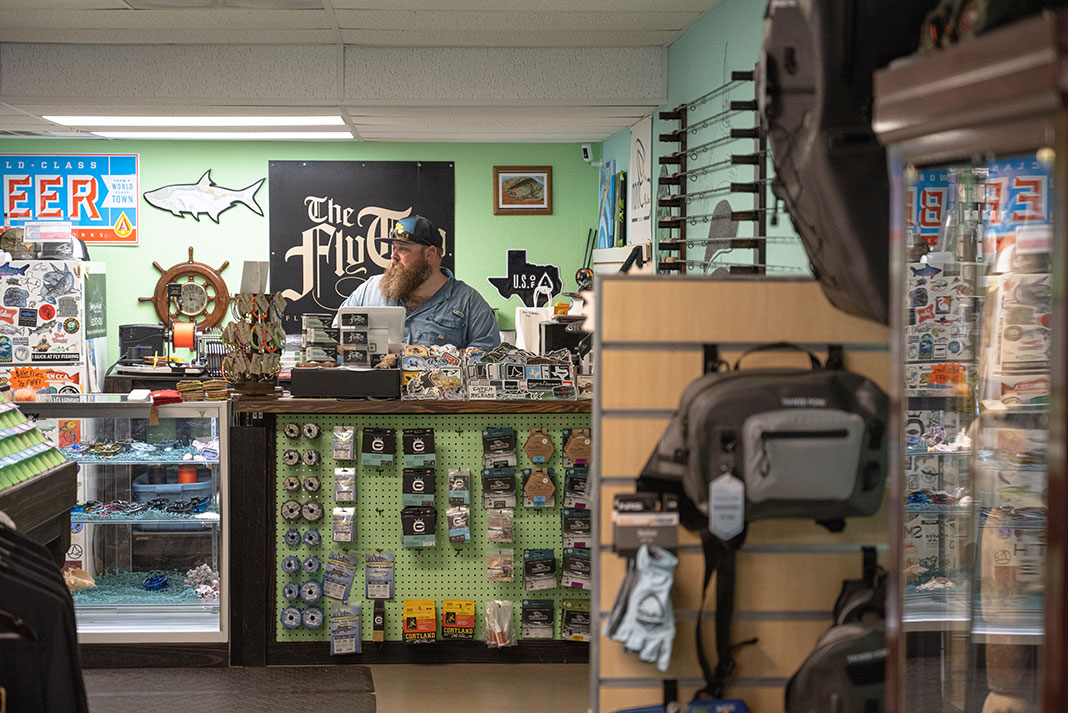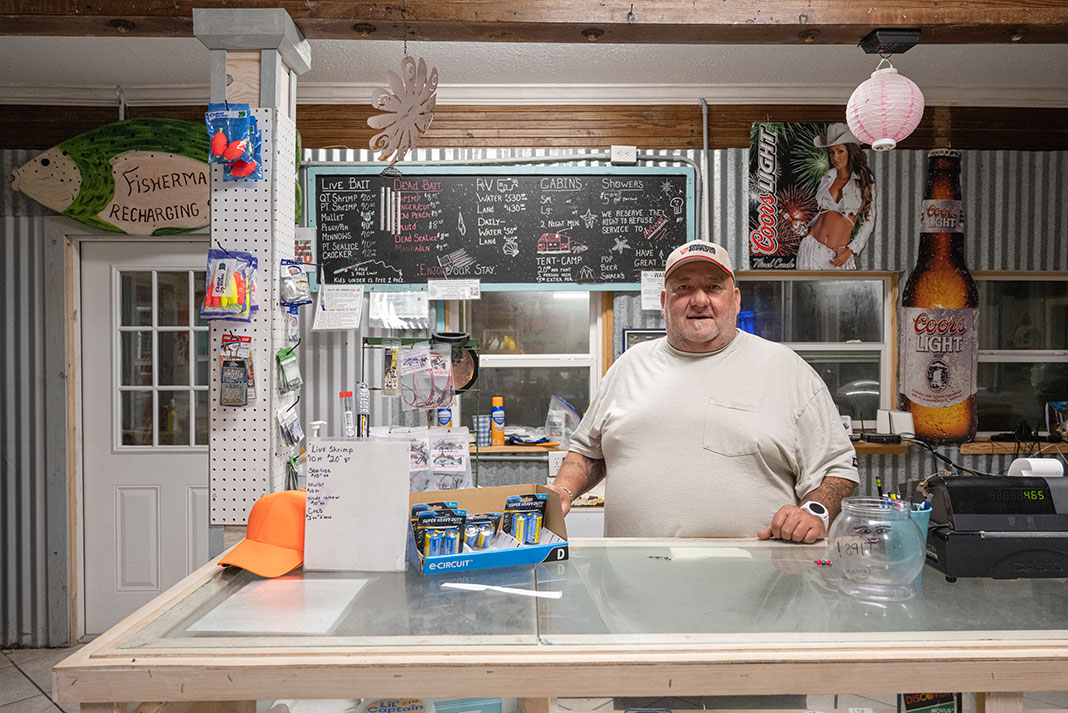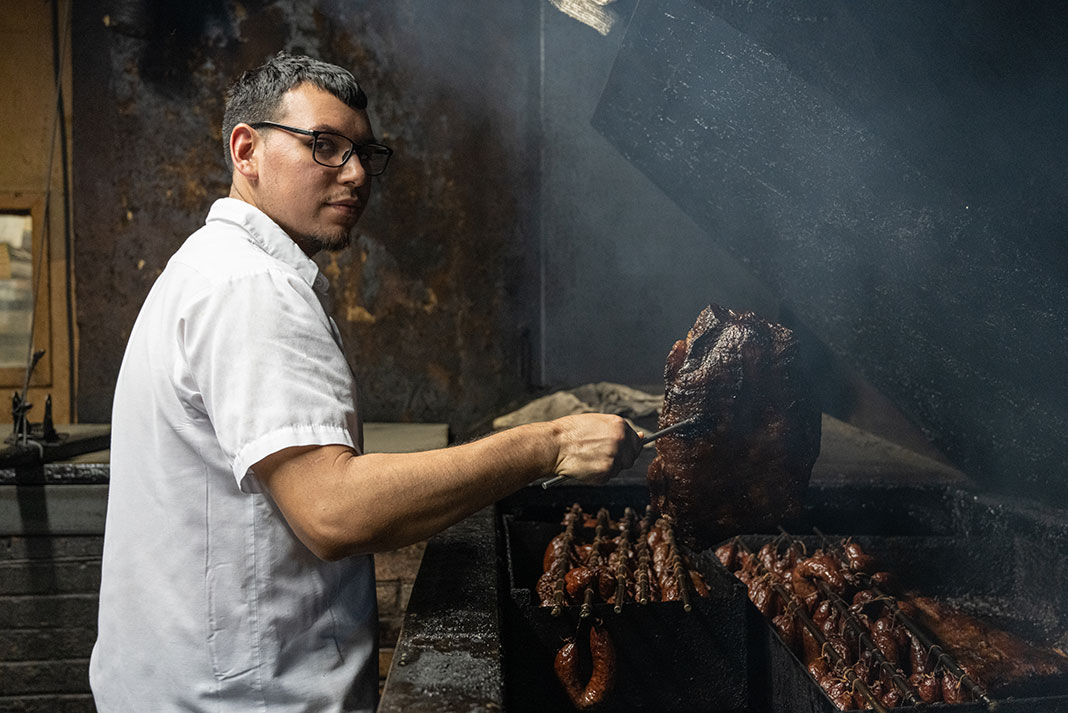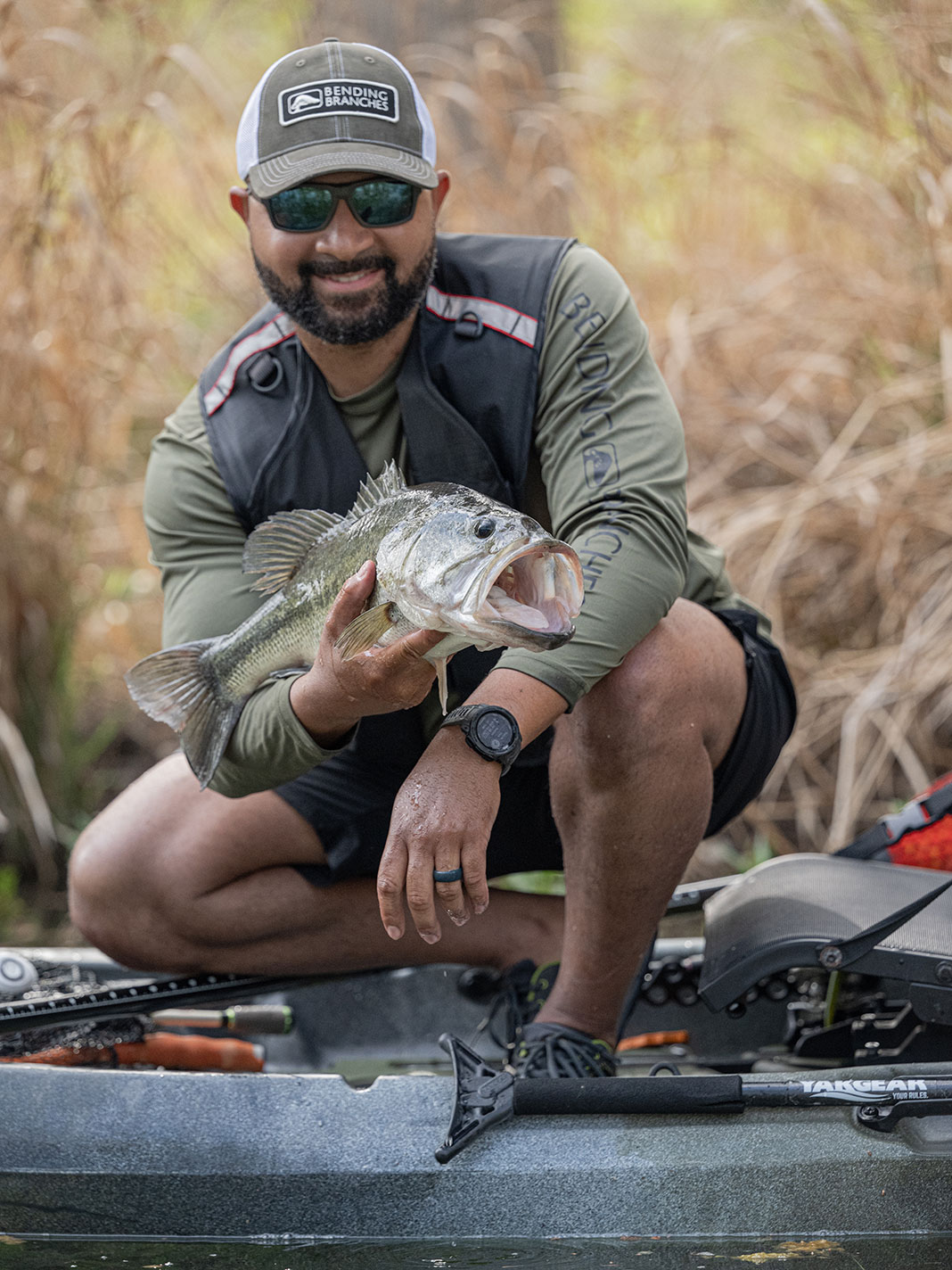Products You May Like
Dustin Doskocil is a native Texan. Five years ago, the pro photographer moved out of the state. But, each year he returns to explore the seven distinct and diverse natural regions. Fishing in Texas is just as diverse, with 247 species of freshwater fish and 34 regulated saltwater sportfish species. Texas is one of the most famous fishing states, drawing the biggest tournaments and throngs of kayak anglers to explore world-class fishing.
Last summer, Doskocil loaded his pickup truck with photo and fishing gear and headed back home. To get an inside line on the best fishing in the fishiest state, follow Texas native Dustin Doskocil on a fishing trip back home.
Kayak Fishing from North to South Across Texas
Lake Welsh, East Texas
Josh Walker and I share a birthday. Since we were kids, we have celebrated with a fishing trip. This summer, we decided to get the gang back together at Lake Welsh in East Texas. Lake Welsh is located in the Piney Woods region featuring thick forests and extensive swampy bayous. The World Wide Fund for Nature recognizes Piney Woods as a critically endangered ecoregion. The area is also the third most common location for bigfoot sightings. Dating back before the first European settlers, witnesses have reported hundreds of encounters with the mysterious missing link.
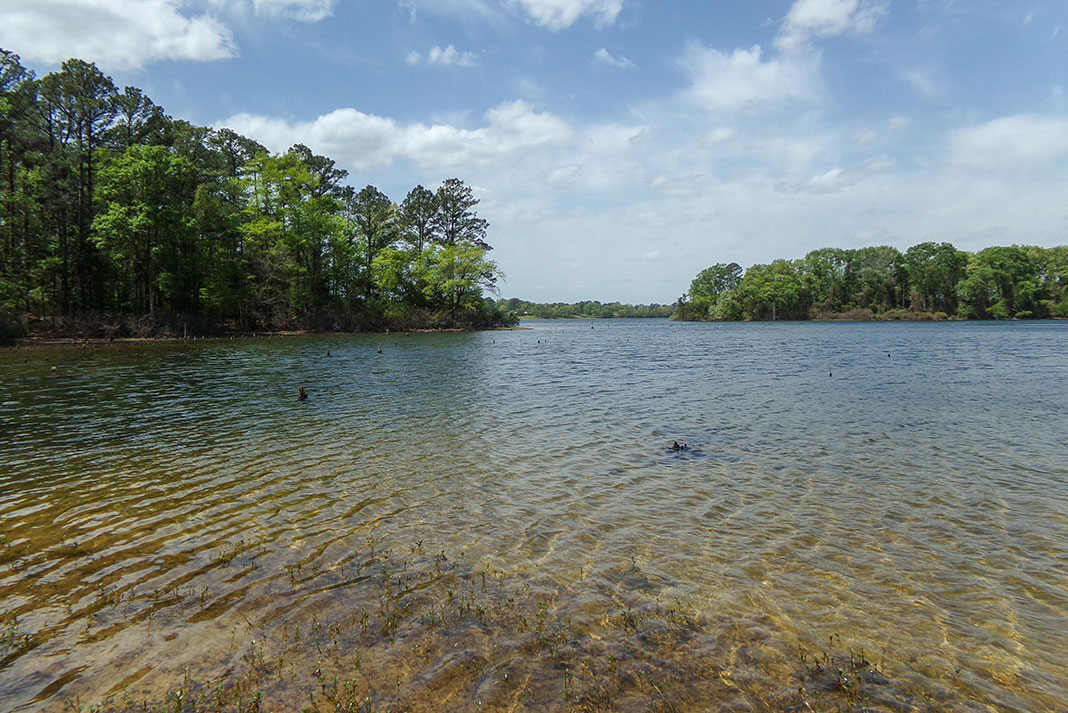
Anglers know the Piney Woods as a famous fishing destination. Lake Welsh, Lake Fork, Cypress Springs and Lake O’ the Pines hold trophy largemouth bass drawing anglers from around the world. We made Lake Welsh our first stop since it hosts a power plant and the promise of spawning bass.
We headed out early in the morning and launched at Lake Welsh Boat Ramp. It didn’t take long to catch on to the pattern. When bass are spawning, they will eat almost anything that drops on their bed.

First, find hydrilla fields. Then, look for a hole between the huge, green leaves. Next, drop any creature or worm soft plastic into the hole. To pull out a big bass, use a seven-foot, medium-action spinning rod with a 20-pound test braided or fluorocarbon line tied straight to the lure. If a drop didn’t produce a bass, I just look for the next hole and try again. We caught over 40 fish using this tactic.
Then I lived my worst nightmare. As I leaned to the port side of the kayak to revive a fish, the strong wind caught the starboard side and flipped the boat. I quickly collected my floating camera bag and saw my cameras were gone. Sunk to the bottom. The fishing trip turned into a search and rescue.
I spent an hour looking. Then, I went to the nearest hardware store and bought a huge magnet. When magnet fishing didn’t locate the cameras, I hit the closest Walmart for dive fins, a snorkel and a mask. The next day, I searched the area for five hours without luck.
Defeated, I gathered myself, drove to Dallas and picked up over $7,000 worth of camera gear. Then, I continued my fishing trip to the Texas Hill Country.
Frio River, Hill Country
I was still nervous after losing my cameras as I headed to Hill Country in Central Texas. The geography changed from swamp and thick forest to rolling granite and limestone hills with thick forests of oaks and junipers. The Edwards aquifer features natural springs bubbling out of the ground creating crystal clear creeks and rivers lined with cypress trees. In Spanish, frio means cold and the spring-fed Frio River stays at a chilly 68 degrees despite the Texas summer heat.
I met with old friends Ray Martinez and Terrell Hesteras as well as a new friend, Drew Vinton, at the launch at Magers Crossing. These guys never disappoint with fish and fun. We spend a lot of time goofing off and cracking jokes, but we know when to hunker down and focus on the fish.
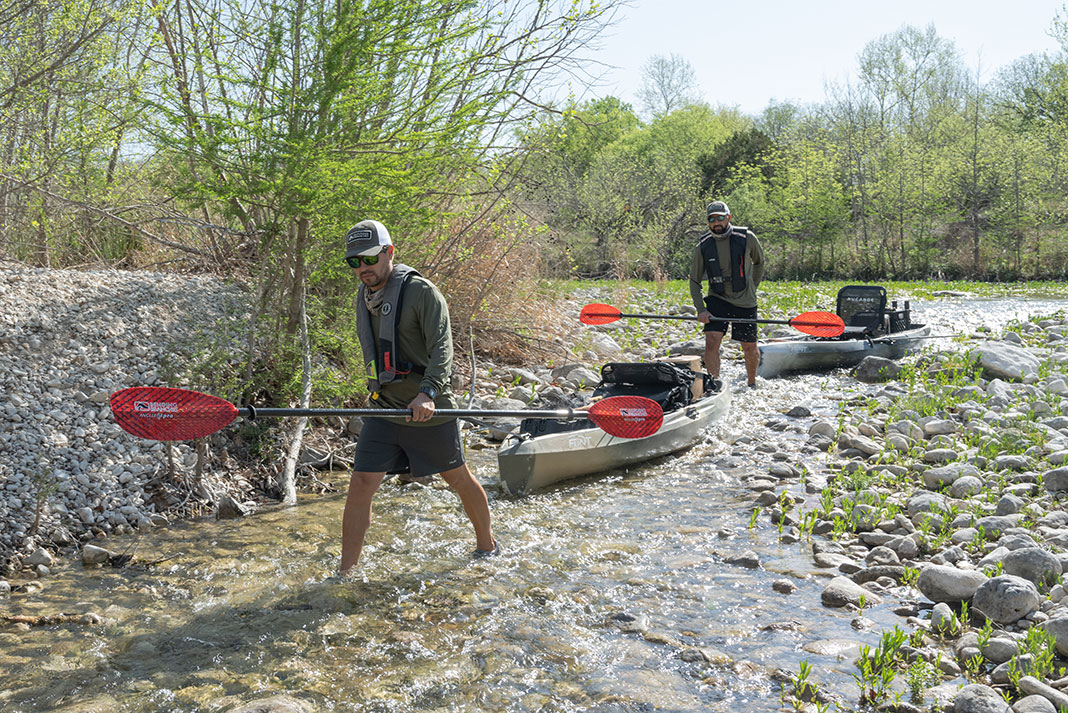
The Frio River is shallow, rocky and lined with cypress trees. The river is a mixture of technical moving water and deep holes with long stretches of shallow rock and small falls. The river was low and we had to drag our kayaks between the deeper holes. On the first day, we fished a seven-and-a-half-mile stretch and dragged our kayaks for two miles.
Paddling the Frio is a beating—you’re constantly in and out of the kayak, fishing a slow retrieve, dragging the kayak, carrying over roads and ducking under bridges.
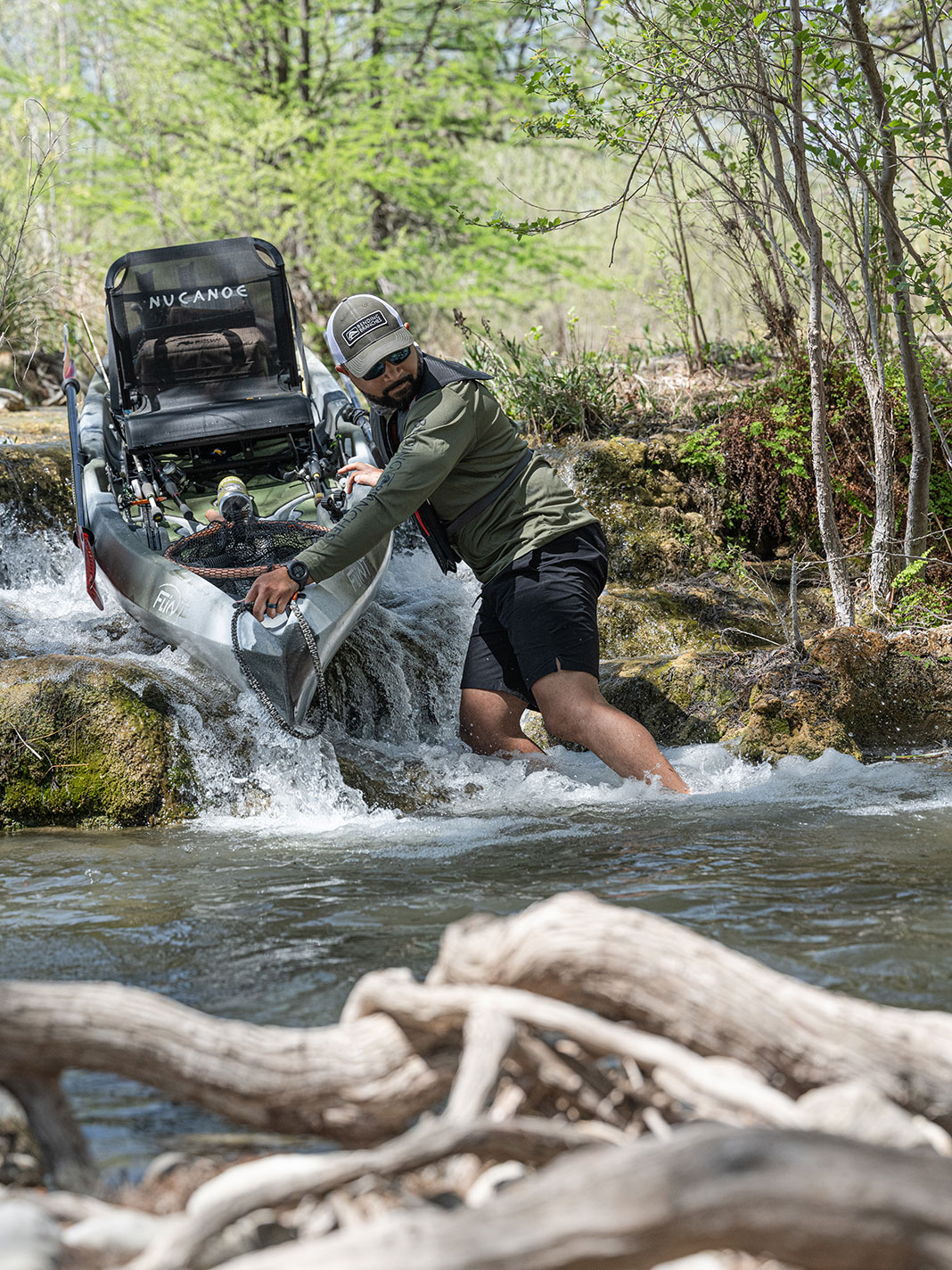
However, the work is worth it. The first time I fished the Frio, I was with Josh Walker on one of our birthday trips. We were camping at Padre Island National Seashore and a nasty storm rolled in. So, we packed up and headed to Hooters.
We asked our waitress for a better camping spot and she suggested Garner State Park. The next day I was on the Frio and was blown away by the beauty and fishing. The water is not only cool, it is crystal clear.
On my second trip to the Frio, I was with Ray Martinez and Joseph Sanderson and we figured out the pattern. The river was high and the bass were chasing topwater frog lures.
To fish the Frio, work a soft body frog along the riverbank fast enough to cause the legs to gently plop. When I spook a bass without a bite, I watch where the bass escaped, wait a moment and make a second cast. I focused on the bank and fishing deeper holes.
The river is narrow, and the challenge is leapfrogging your friends to be the first angler down the river. Trading off position assures everyone catches plenty of bass.
The four of us caught fish all day. Ray started the fun with a four-pound bass and Terrell ended the day with a trophy largemouth.
We stayed the night at Camp Magers Crossing, with a great camp meal and an encounter with the owner, Greg “Tex” Mager.
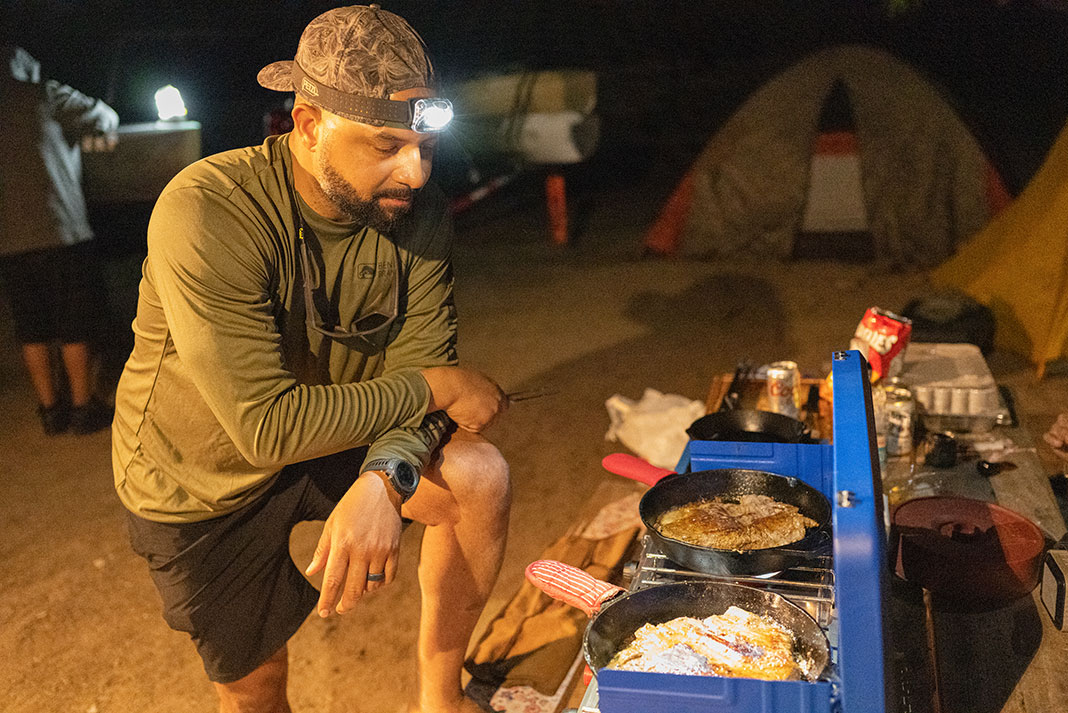
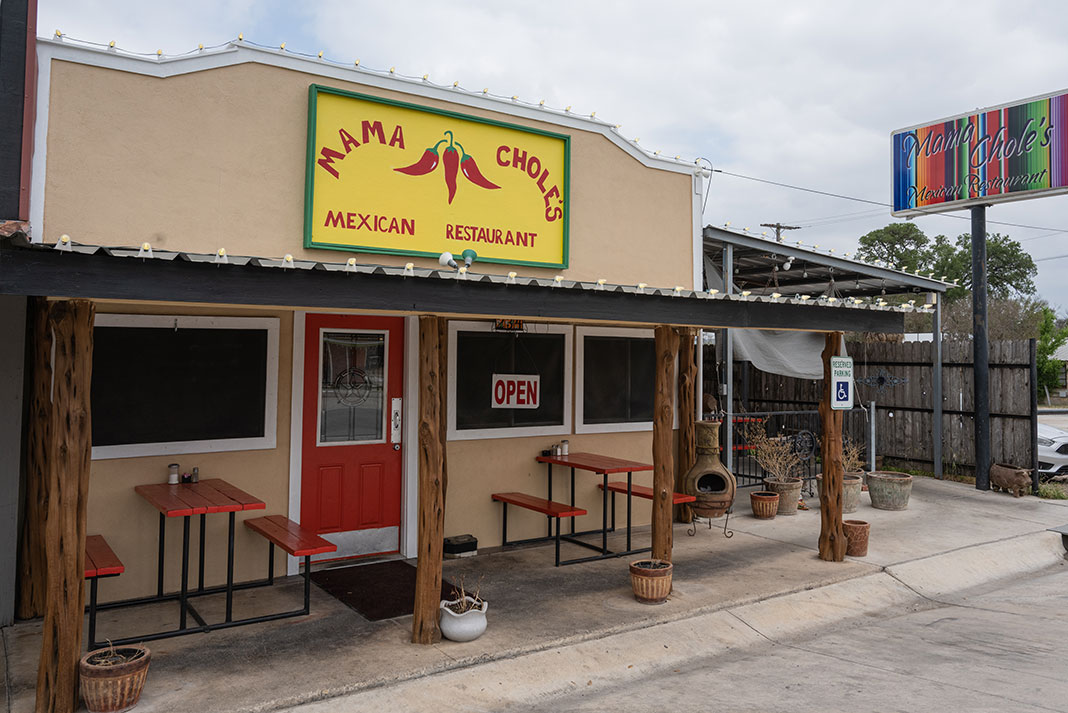
The East Coast, Rockport
I hoped to hook up with Chris Fowler from the Fly Trap for an inside line to Rockport fishing. Unfortunately, he injured his back before my visit, so I was on my own. I planned to hit the water with the tips I got from Roy’s Bait and Tackle.

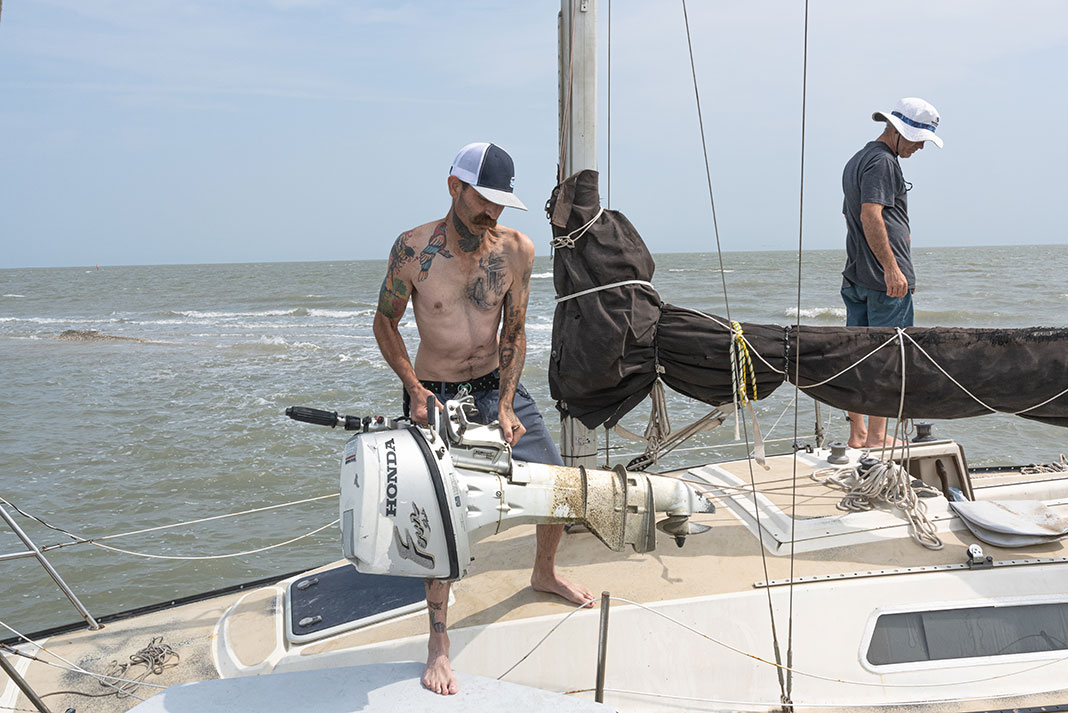
At the gas station near the campground, I started a conversation with a guy who had a kayak in the back of his truck. His name was Don and we agreed to meet up at Lighthouse Lakes bright and early the next morning.
After launching at Redfish Crossing, we crossed the channel and fished the mangroves along the paddle trails all morning. After getting skunked, Don took me to a spot he knew held sheepshead. He caught a keeper sea trout and a throw-back sheepshead on live shrimp. I didn’t catch anything. Don was using live shrimp on a Carolina rig and was dropping the bait into the pilings and rocks.


Ingleside
My fishing tour ended in Ingleside, a quaint little community on Corpus Christi Bay. I spent a day paddling the canals and casting soft plastics for redfish and speckled trout. Fishing was slow, but I enjoyed looking at the canal-side houses.
Getting skunked on my last day was a little disappointing. After exploring Texas fishing from north to south, I realized fishing road trips are as much about the road as the fishing.
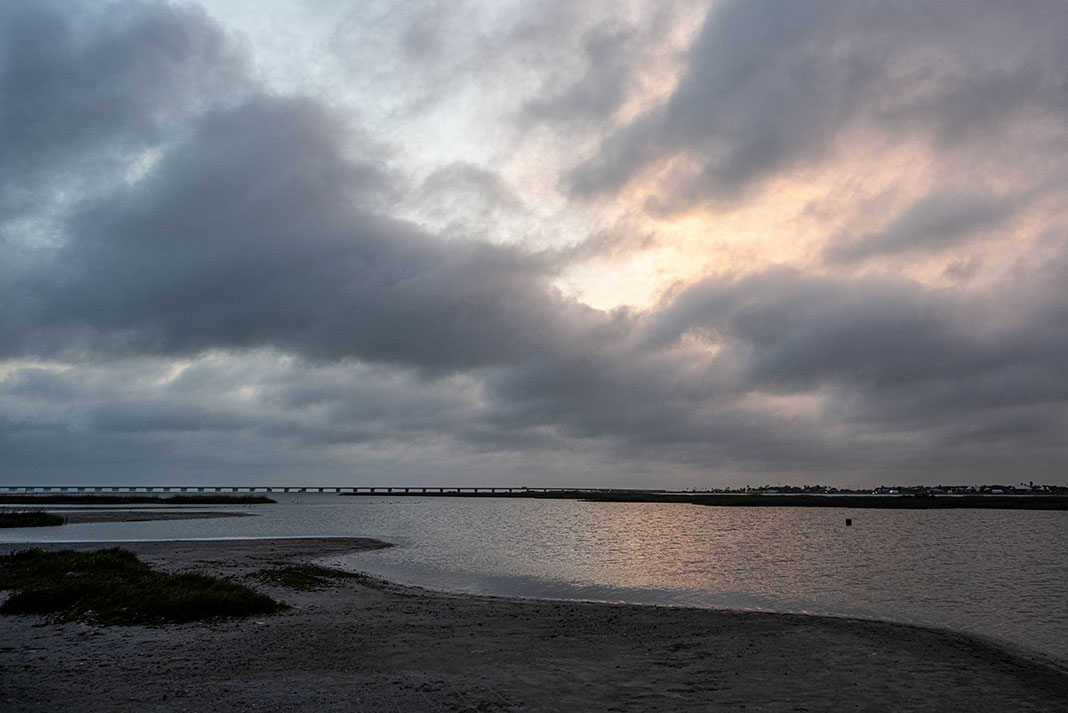
Feature photo: Dustin Doskocil
